I roll out of bed on the morning of November 18 with a hangover. My head hurts, my joints ache, my body feels fatigued. I reach for the small bottle of ibuprofen I keep next to my bed and down 800 milligrams. It’s the magic dose. Settle for nothing less.
I didn’t have anything to drink the night before, mind you. This is a different sort of hangover — the kind that can only come from a full day of total Occupy Wall Street immersion. From CUNY to Union Square to City Hall and across the Brooklyn Bridge, I had overdosed on mic checks and anti-capitalist sloganeering, all while covering the OWS Student Day of Action for the Free Press. As much as I sympathize with the plight of the 99 percent — I am a member, after all — I can wade through only so many “Greed Kills” signs before catching a nasty case of the spins. I need to escape, and for my money, nothing spells escapism like N-F-L.
I reach into the closet and grab a small duffel bag. I begin to pack for a three-day road trip that will take me far away from the OWS protests and deep into the heart of the American Midwest. I am going to the cathedral of professional football. I am going to Green Bay, Wisconsin.
****
Aaron Rodgers is God.
That’s a commonly held belief among the Green Bay Packer faithful. And who can blame them? So far in 2011, Rodgers is on pace to have one of the greatest statistical seasons of all time. After a Super Bowl-winning 2010 season, the quarterback has gotten his team off to a franchise-best 12-0 start, maintained a passer rating of over 100 in every game, and thrown a whopping 37 touchdowns to only 5 interceptions. With Rodgers and his Packers chasing a perfect season – a feat previously accomplished only by the 1972 Miami Dolphins — it’s understandable that cheeseheads are deifying their team’s seemingly unstoppable signal-caller.
But Rodgers’ brilliant season nearly never happened. In the months leading up to the September kickoff, the NFL remained locked in a standoff with the NFL Players Association over revenue sharing. Talks between the owners and the players union routinely fell apart. There was league-wide lockout. The NFLPA disbanded. Pro football was in dire straights. But with the 2011 season looming and the NFL raking in about $9 billion in annual revenue, it was in both parties’ best interests to come to an agreement. After much hand-wringing, a new 10-year Collective Bargaining Agreement was ratified in July of 2011. It was safe to play football again.
The NFL labor dispute came on the heels of a heated government showdown that left the Packers’ home state of Wisconsin in political paralysis. On February 15, 2010 — a mere nine days after the Packers won Super Bowl XLV — upwards of 12,000 pro-union demonstrators descended upon Madison, Wisconsin, to protest efforts by newly elected Republican governor Scott Walker to strip public sector unions of their collective bargaining rights. Protesters flooded the State Capitol building, camping out in the rotunda for days on end. Democratic state lawmakers fled the state in order to deny the Republicans the quorum needed to vote on budget bills. A bitter three-week political standoff ensued.
Packers players, who have long prided themselves on their close relationship with the Green Bay community, took a stand. A particularly forceful voice from the roster was veteran Pro Bowl cornerback Charles Woodson, one of the team representatives on the NFLPA.
“I am… honored as a member of the NFL Players Association to stand together with working families of Wisconsin and organized labor in their fight against this attempt to hurt them by targeting unions,” Woodson said in a statement to the press. He added that he was “proud when many of my current and former teammates announced their support for the working families fighting for their rights in Wisconsin. Today I am honored to join with them.”
Despite popular opposition and sagging poll numbers, the governor and his Republican allies in the legislature found a way to ram the provision home by stripping the budget-repair bill of all strictly budget-related measures. Even with a coherent message and clearly defined goals — two things that never materialized during the OWS protests — it seemed that partisan political maneuvering would trump the will of the demonstrators. That was nine months ago. On November 15, five days before I would arrive in Wisconsin, activists began collecting signatures for a petition to recall Governor Scott Walker.
****
It’s Sunday, November 20. My cohorts Steve and Will and I arrive in Green Bay at around 9:30 in the morning after a 17-hour drive that took us through endless cornfields and past dilapidated post-industrial cities like Gary, Indiana. It’s cold and grey outside, but a palpable feeling of anticipation hovers in the chilly Wisconsin air. We cruise down Lombardi Avenue, named for the legendary Packer coach of the 1960s, taking in the city on game day. Packer paraphernalia is everywhere. This town bleeds green and gold.
That’s largely because, as the smallest home market to a professional sports team in North America, there isn’t really much else here. “The Packers are everything to this place,” says running back Ryan Grant. “It’s their entire economy.” Overstatement, perhaps, but a cursory look around the town makes me think Grant has a point. It’s population barely breaks 100,000. The Packers and their 13 championships are the only thing that has kept Green Bay on the map.
Back when professional football was still in its infancy, small-market teams were everywhere. Founded in 1919 by Earl “Curly” Lambeau and George Whitney Calhoun, the Packers originally competed with a smattering of small-town teams scattered about the mid-west. Over time most of those teams either folded or were exported to larger markets like Chicago and Detroit. In order to keep the Packers in Green Bay, Lambeau and four other local businessmen incorporated the team and sold off 1,000 shares at $5 a piece, making the Packers the only nonprofit publicly owned franchise in professional sports. That was in 1923. Since then, the team has had four more stock sales, with the most recent one beginning on December 6. This time, the shares went for $250 a pop and the team sold 185,000 shares in the first 48 hours of the sale.
****
At Lambeau Field, we park our car in a yard adjacent to the stadium. Rather than the typical suburban sprawl that surrounds most pro-sports stadiums, Lambeau has neighbors, many of whom rent their driveways to game-goers for a daily rate of 20 bucks or so. We venture into the parking lot to tailgate with the locals. It’s about 9:45 a.m. when a couple of 50-ish ladies call out to us to join them for shots of Everclear. “Go Packers!” shouts one of the ladies, with ample enthusiasm and a whole lot of Midwestern twang. The shot tastes like apple pie.
Around 11 a.m. we head to will-call to pick up our tickets. It’s less than an hour till kickoff, but there’s no line. We walk right up to the window. In a town where season tickets are passed down through generations, will-call customers are few and far between. Tickets in hand, we make out way into the stadium.
The first thing that strikes you about Lambeau is the intimacy. It seats over 70,000 people, but when you’re the standing in the bleachers, it feels smaller than most college stadiums. And yes, it has bleachers, not seats. Long metal bleachers with seat numbers stenciled into them.
The second thing you notice? It’s really, really loud. That is, when the defense is on the field. When the offense hits the gridiron, you can hear a knife slice through cheese. And on this particular day, Aaron Rodgers is carving up the Tampa Bay Buccaneers defense with characteristic precision.
As we stand at our ridiculously good seats (third row behind the Packer bench), my mind wanders back to OWS.
Surrounded by 70,000 fellow Packer fans, I’m overcome by the urge to shout, “Mic check!” and lead the crowd in a “Go Pack Go!” round robin. Maybe the fresh Midwestern air is going to my head, but I swear I can feel my cynicism evaporating. I think about how Occupy Wall Street offers people a sense of connectedness and common purpose in a time when so many feel increasingly beleaguered and isolated, and I suddenly understand that that same yearning for community is what inspired me and my friends to drive 1,000 miles for a football game. Packer fans love their Packers — so much so that they will invest in symbolic shares of stock to show their support — and the Packers, it’s clear, love their fans. They’ll take on the Tampa Bay Buccaneers or Scott Walker to prove it.
Of course, no one is thinking about unions or collective bargaining agreements at Lambeau today. They’re here to get away from all that. I let Walker, the NFLPA and OWS fade from my mind. Vince Lombardi once said, “I firmly believe that any man’s finest hour —the greatest fulfillment of all that he holds dear — is that moment when he has worked his heart out in a good cause and lies exhausted on the field of battle, victorious.” A little grandiose, perhaps, when you consider that he was referring to an activity in which grown men in tight pants kick a ball through giant yellow forks. But his words capture something essential about the game of football and the emotional catharsis it offers its fans. It’s epic, it’s thrilling, and for those 60 minutes of play, it feels like it’s all that really matters.
From the streets of New York to the steps of the Wisconsin state capitol, protesters no doubt felt the same way about their own respective movements.
Another Aaron Rodgers touchdown strike snaps me out of my reverie. I call out to the beer man and signal for a celebratory round. Hangovers be damned. I’m here to enjoy myself.

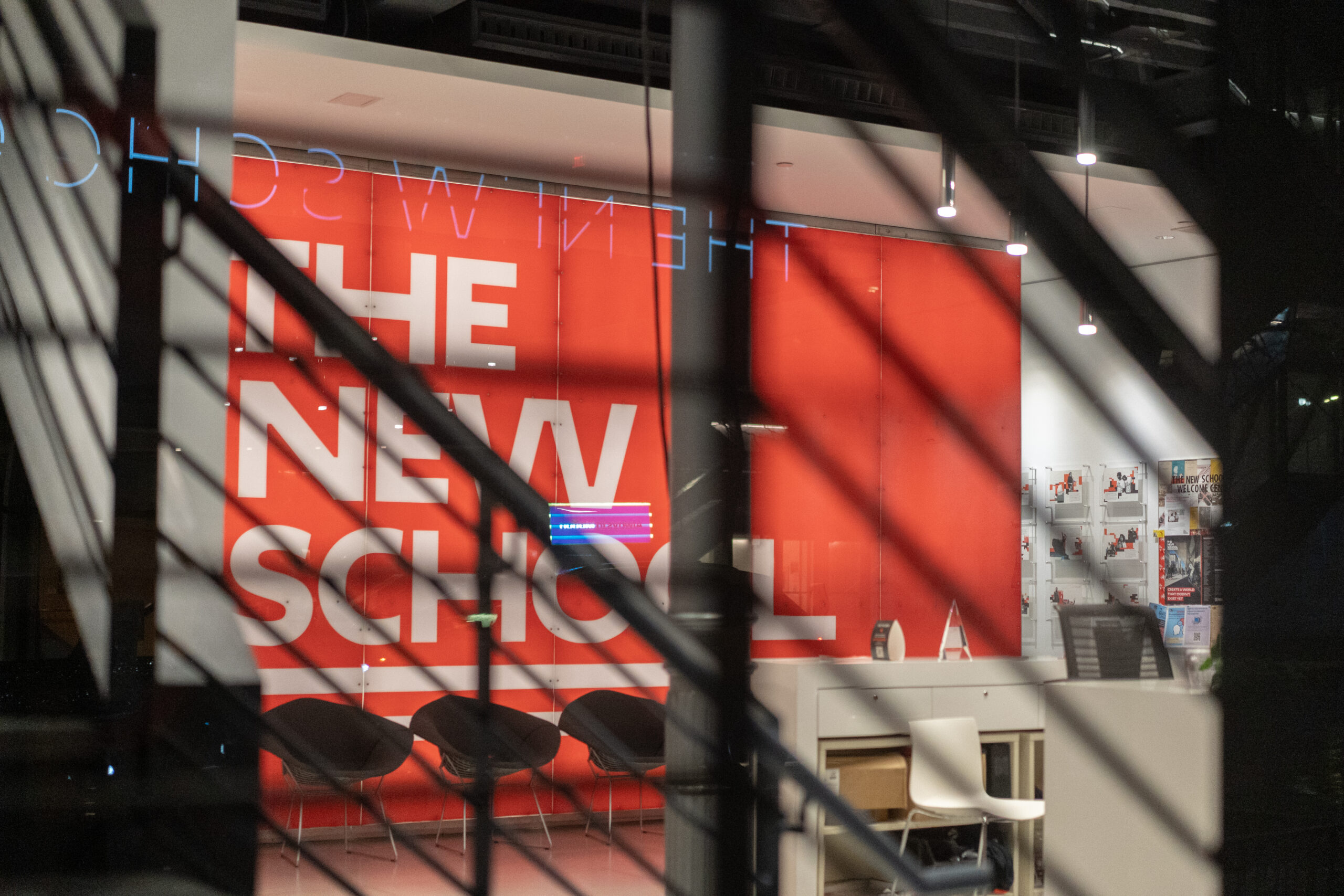
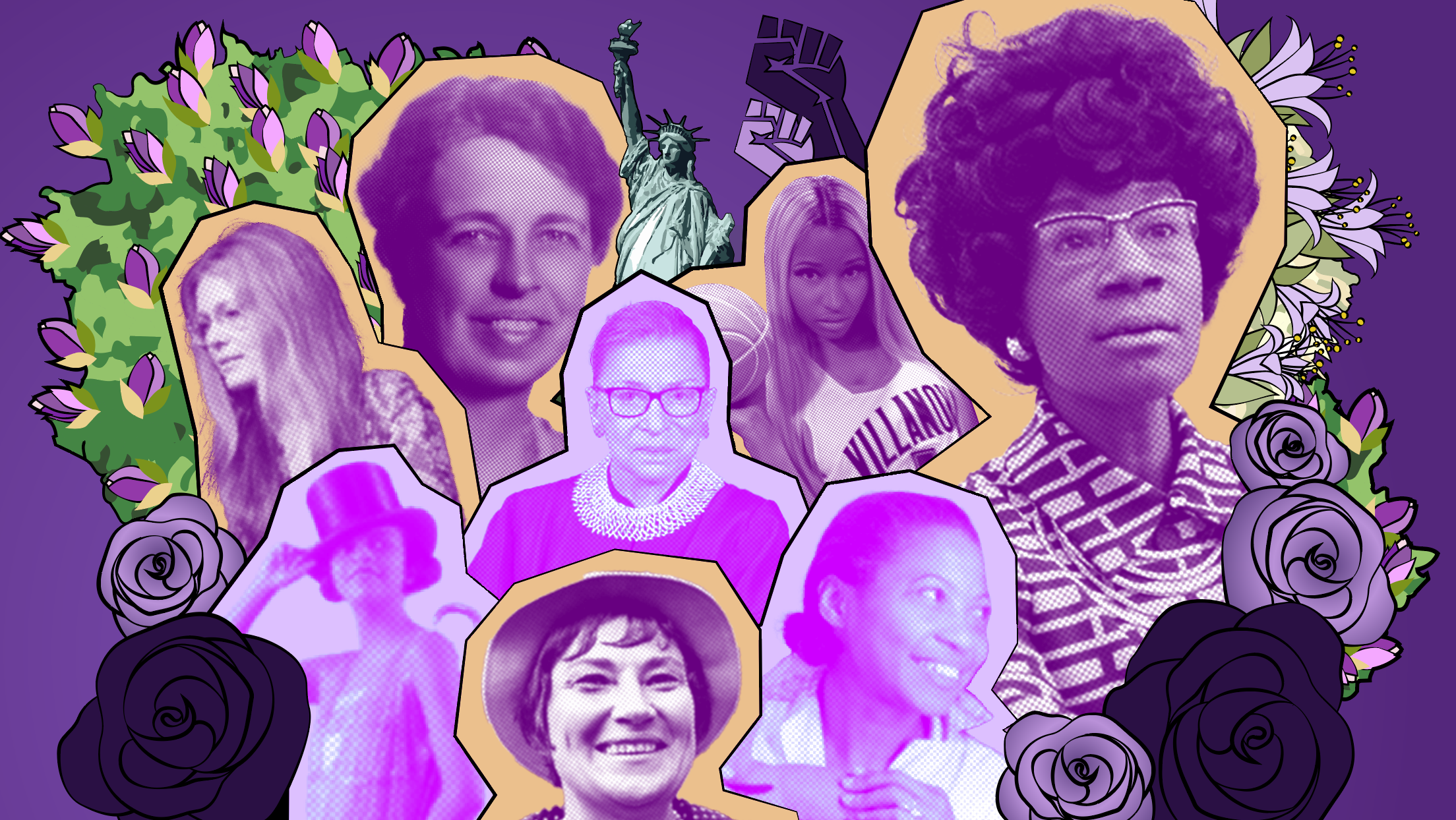

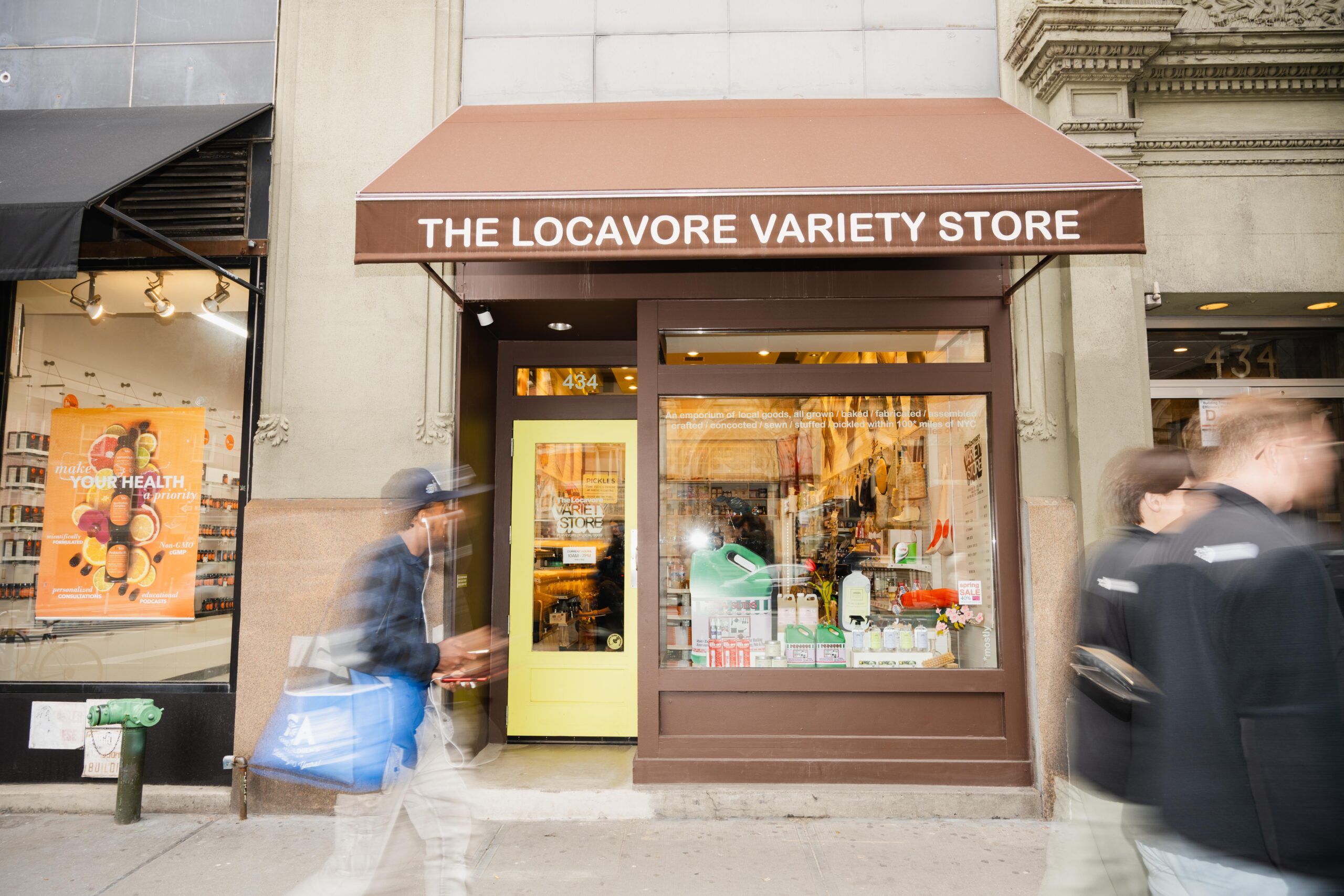
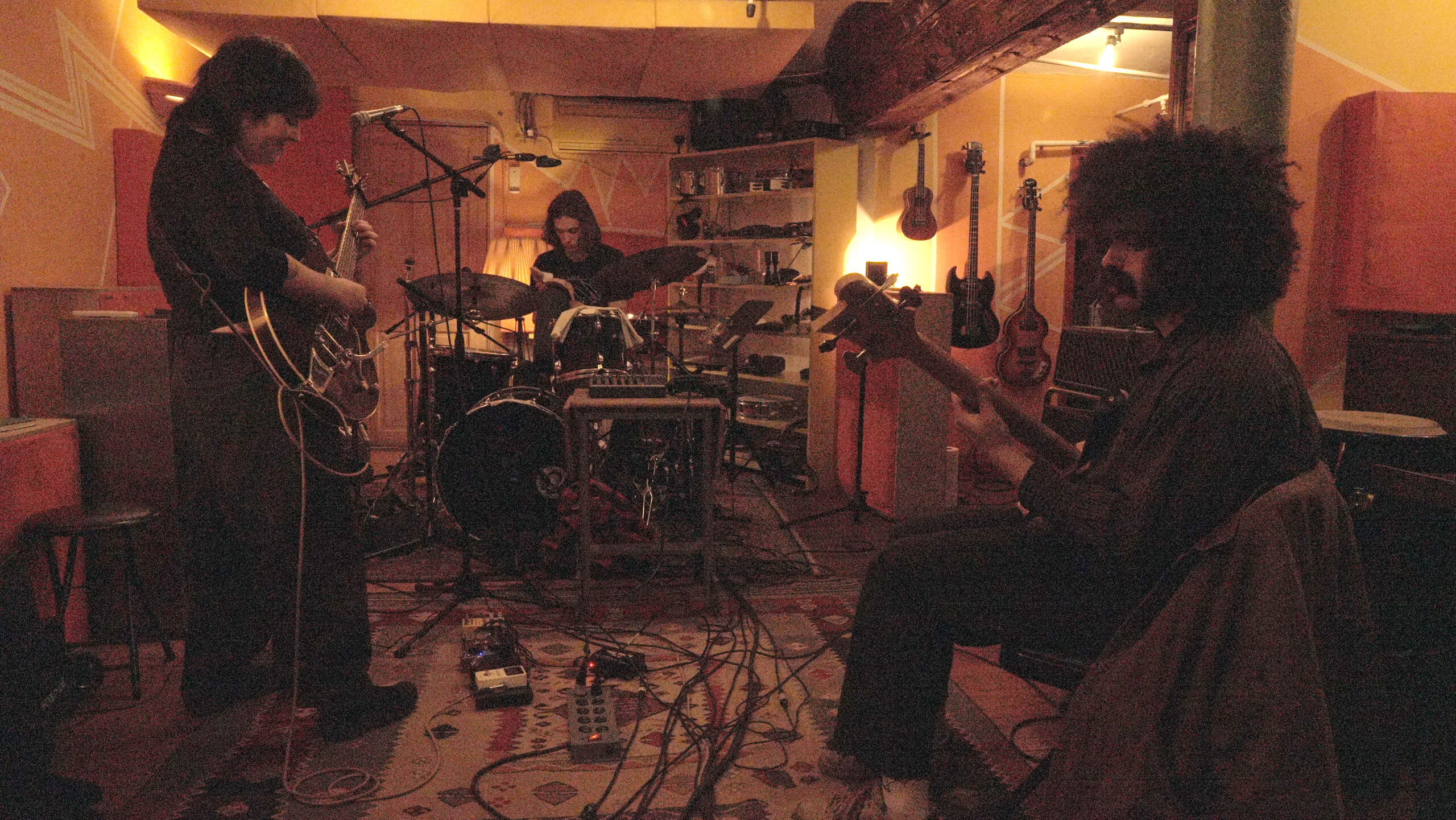
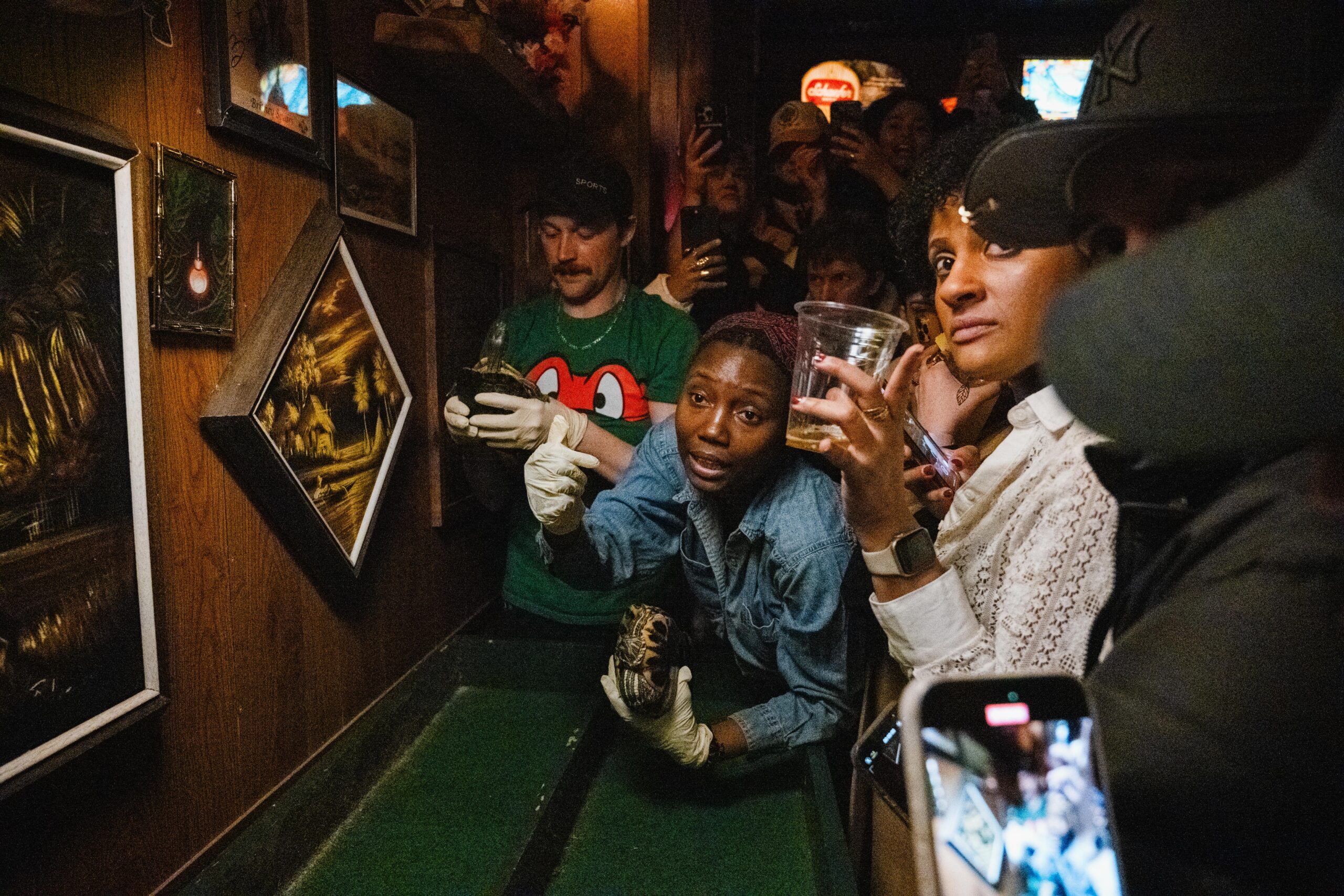
Leave a Reply